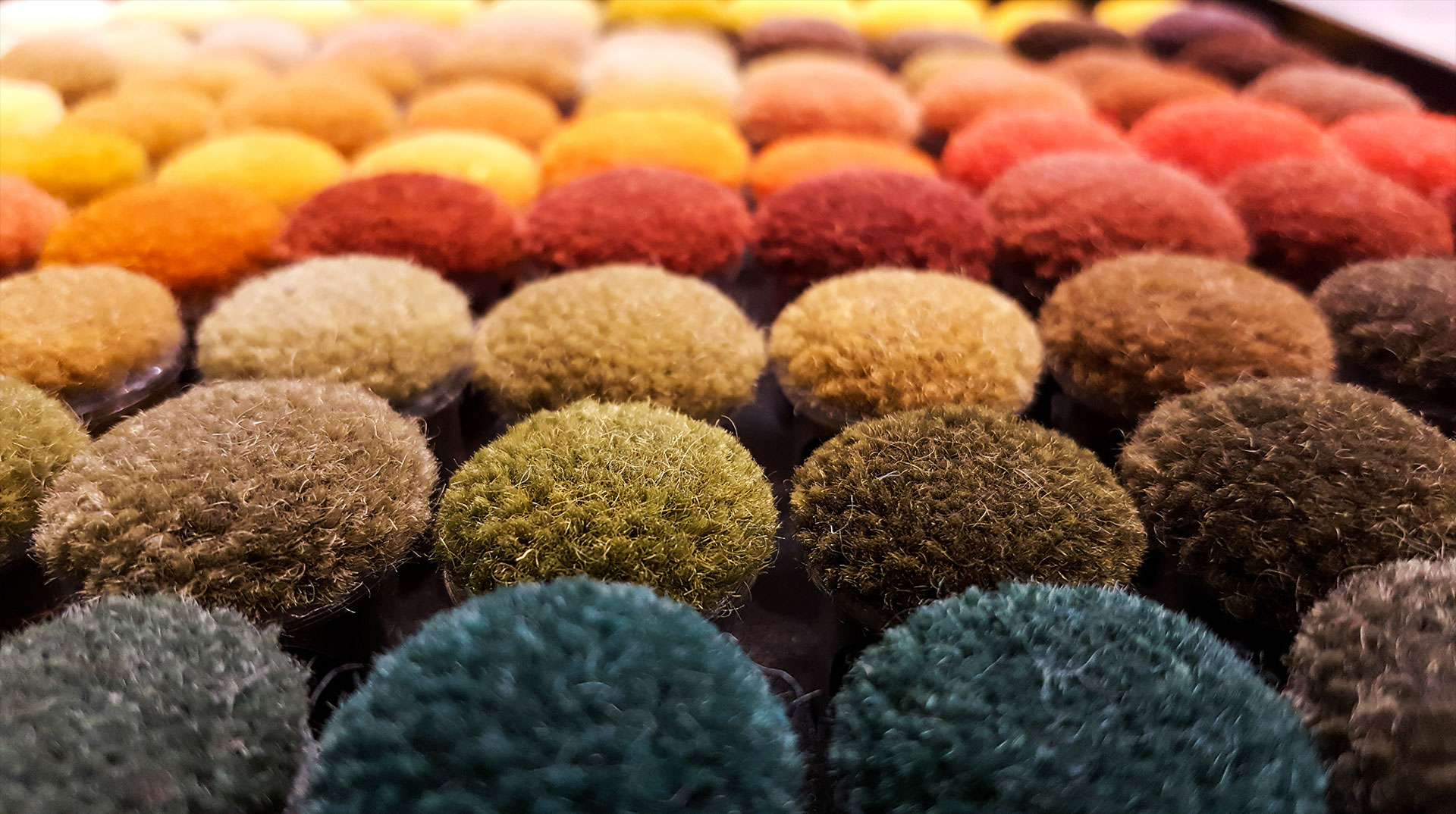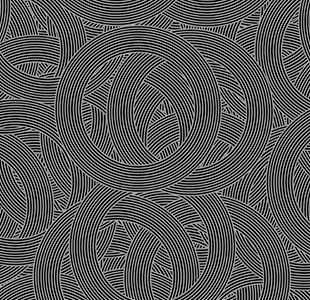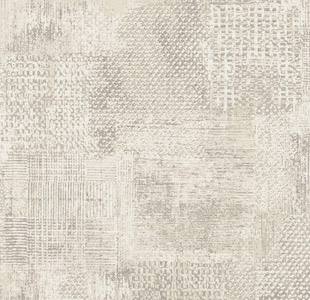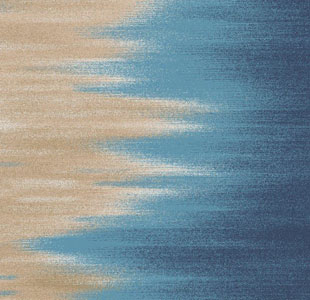Mid-century carpet design is an essential part of the mid-century modern aesthetic, which began in the mid-1940s and lasted until the mid-1960s. During this time, the use of clean lines, organic forms, and bold colors was prevalent in architecture, furniture, and textiles. One of the key components of mid-century modern design was the use of innovative materials, such as plastics, fiberglass, and synthetic textiles, which were produced in large quantities after World War II. Carpeting, in particular, underwent significant changes during this period, with new technologies and materials allowing for new forms of carpeting, such as carpet tiles, to be produced. In this blog, we will explore the evolution of mid-century carpet design.
Mid-century carpet design is a fascinating subject that is often overlooked in discussions of mid-century modern design. However, it played a crucial role in the development of this design movement and deserves to be studied in detail. In this blog post, we will explore the history, characteristics, and influences of mid-century carpet design, and its lasting impact on the world of design.
What is Mid-Century Modern Design?
Before we delve into mid-century carpet design, it's essential to understand what mid-century modern design is. This design movement emerged in the United States in the mid-20th century, roughly between the 1930s and 1960s. It was a response to the social, economic, and technological changes of the time, and it was characterized by clean lines, organic shapes, and the use of natural materials such as wood, metal, and stone.
Mid-century modern design was influenced by several factors, including the Bauhaus movement, which emphasized the importance of functionality, and the Scandinavian design, which emphasized simplicity and minimalism. It was also influenced by the post-World War II boom, which led to a demand for affordable, mass-produced goods.
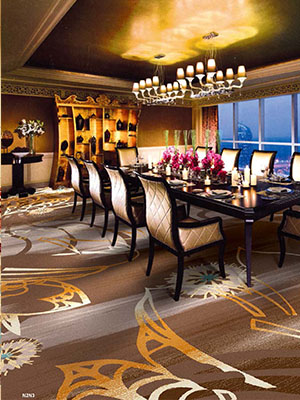
Mid-century Carpet Design: A Brief History
Carpet design has a long history, dating back to ancient times. However, mid-century carpet design was unique in several ways. It was heavily influenced by the mid-century modern design movement, which favored simplicity, functionality, and minimalism.
One of the most significant developments in mid-century carpet design was the use of synthetic fibers, such as nylon and polyester. These fibers were more affordable than natural fibers, such as wool, and allowed for the mass production of carpets. They also offered a range of colors and textures that were not available with natural fibers.
Mid-century carpet design was also characterized by bold geometric patterns, inspired by the art of the time, such as abstract expressionism and pop art. These patterns were often asymmetrical and featured bright colors, such as orange, yellow, and green.
Another important development in mid-century carpet design was the use of tufting machines, which allowed for the mass production of carpets. These machines could produce carpets quickly and efficiently, and they allowed for a range of pile heights and textures.
Mid-century carpet design was not limited to residential spaces but also found its way into commercial spaces, such as hotels, offices, and airports. In these spaces, carpeting was often used as a way to create a sense of unity and coherence, with carpets in different areas of the building featuring the same or complementary patterns and colors.
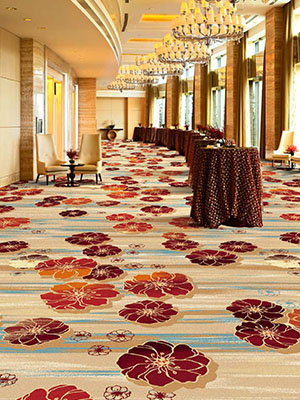
Characteristics of Mid-Century Carpet Design
Mid-century carpet design was characterized by several features that set it apart from earlier carpet designs. These features included:
Geometric Patterns: Mid-century carpet design was known for its bold, geometric patterns, which were often asymmetrical and featured bright colors.
Synthetic Fibers: Mid-century carpet designers often used synthetic fibers, such as nylon and polyester, which allowed for the mass production of carpets and a range of colors and textures.
Tufting Machines: The use of tufting machines allowed for the mass production of carpets and a range of pile heights and textures.
Minimalism: Mid-century carpet design favored simplicity and minimalism, with designs that were clean and uncluttered.
Functionality: Mid-century carpet design emphasized functionality, with carpets that were durable, easy to clean, and suitable for high-traffic areas.
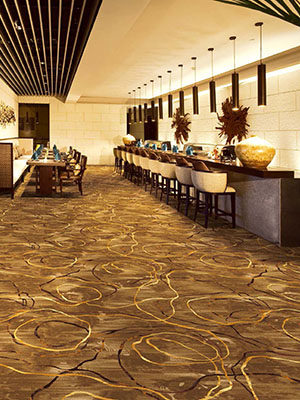
Influences on Mid-Century Carpet Design
Mid-century carpet design was influenced by several factors, including:
Art: Mid-century carpet designers were inspired by the art of the time, including abstract expressionism and pop art, which influenced the bold geometric patterns and bright colors of mid-century carpet design.
TechnologyArchitecture: Mid-century carpet designers were also influenced by mid-century modern architecture, which emphasized clean lines and the use of natural materials, such as wood and stone.
Fashion: The fashion of the time also influenced mid-century carpet design, with bold patterns and bright colors being popular in both clothing and carpet design.
Post-war boom: The post-World War II economic boom led to a demand for affordable, mass-produced goods, including carpets, which influenced the use of synthetic fibers and tufting machines in mid-century carpet design.
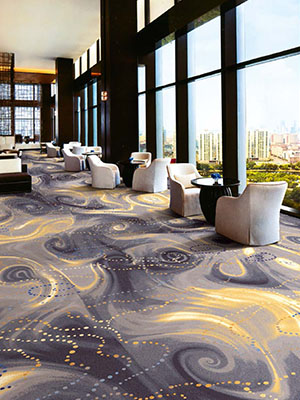
Impact of Mid-Century Carpet Design
Mid-century carpet design had a significant impact on the world of design, both in the mid-20th century and beyond. Some of the key impacts include:
Mass Production: The use of synthetic fibers and tufting machines allowed for the mass production of carpets, making them more affordable and accessible to a wider range of consumers.
Influence on Interior Design: Mid-century carpet design influenced interior design trends of the time, with many homeowners opting for bold, geometric carpets in their homes.
Enduring Popularity: Despite being developed in the mid-20th century, mid-century carpet design has continued to be popular today, with many homeowners and designers incorporating mid-century design elements into their homes.
Legacy in the Carpet Industry: The development of synthetic fibers and tufting machines had a lasting impact on the carpet industry, allowing for more efficient production methods and a wider range of carpet designs.
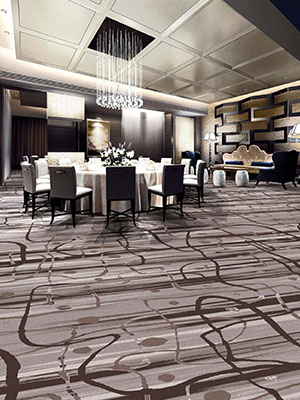
Popular Mid-Century Carpet Designed by Homedec:
Conclusion
Mid-century modern carpet design was a period of innovation and experimentation, with designers and manufacturers pushing the boundaries of what was possible with carpeting. Carpet tiles, Victorian floral wall-to-wall carpeting, and carpet for resorts were just a few of the many types of carpeting that were developed during this period. These designs continue to be influential today, with many homeowners and designers drawing inspiration from the bold colors, geometric patterns, and organic forms of mid-century modern design. Whether you prefer the clean lines of carpet tiles or the ornate patterns of Victorian wall-to-wall carpeting, there is sure to be a mid-century modern carpet design that will suit your style and needs.

 English
English  中文
中文  日本語
日本語  Deutsch
Deutsch  italiano
italiano  русский
русский  العربية
العربية  tiếng việt
tiếng việt  Polska
Polska  Svenska
Svenska  български
български 

